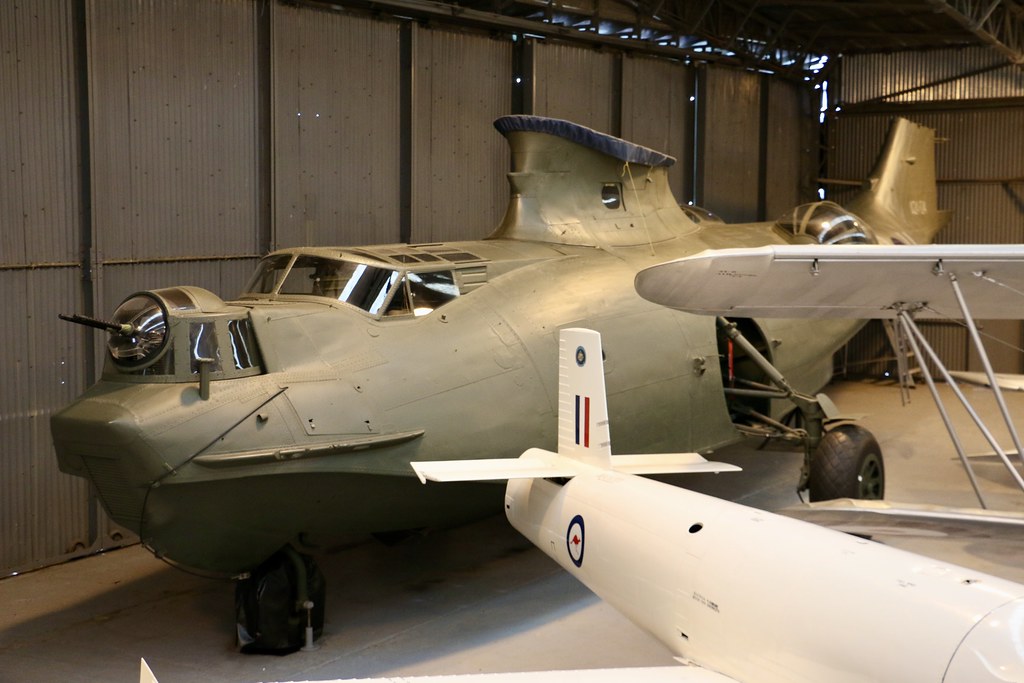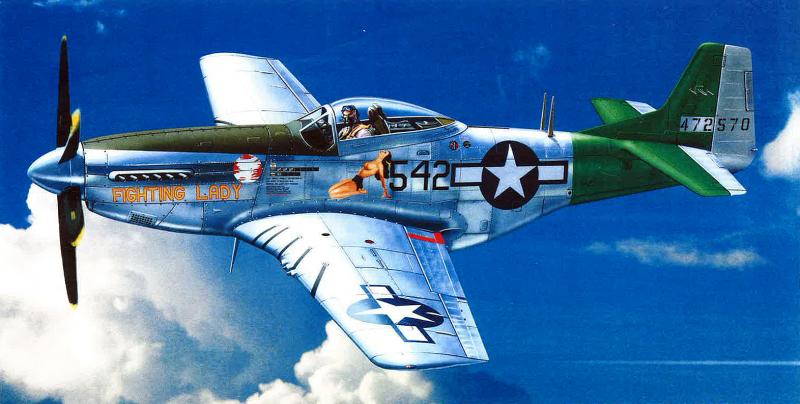Post by Dave Homewood on Jan 19, 2022 22:03:39 GMT 12
R.A.A.F. PLANE AT WIGRAM
RETURN JOURNEY TO SYDNEY TO-DAY
NO REGULAR MACQUARIE ISLAND FLIGHTS
The amphibious Catalina flyina-boat of the Royal Australian Air Force which arrived at Wigram early yesterday morning from Macquarie island, 800 miles south-west of New Zealand, will take off on its return flight to Australia at 8 o’clock this morning.
The commander of the Catalina (Squadron Leader R. H. S. Gray) told “The Press” last evening that the aeroplane would fly up the east coast of the South Island as far as Cook Strait, before setting a course for Sydney. Its destination was the Rathmines flying-boat base, 60 miles north of Sydney.
Squadron Leader Gray said that the flight from Cambridge aerodrome, near Hobart, to Macquarie Island on Wednesday was more or less of an emergency mission, as an engineer had to be sent to the Australian Antarctic Research Expedition’s base on the island. The former engineer, Mr C. H. Scoble, of Castlemaine, Victoria, had been drowned when he fell through ice while on a ski-ing expedition. Normally, supplies and new personnel for the Macquarie Island base were taken by sea from Australia.
It was Squadron Leader Gray s second visit to the island. His first visit was made earlier this year aboard the Antarctic vessel Wyatt Earp, which carried a float-plane for reconnaissance work. On Wednesday, he landed his Catalina in the open sea on the lee side of the island, away from the prevailing swell. The weather, as is usual off the island, was fairly rough. A dinghy kept on the island was used to take off the stores which the Catalina brought, while the aircraft, with one engine running, stood into the wind.
Squadron Leader Gray spent about an hour ashore on Macquarie Island. He said last evening that the personnel of the base, numbering about 12 men, mostly scientists, had made themselves fairly comfortable in prefabricated huts which they had themselves erected. The huts were adequately heated, and the base was very well provisioned, principally with tinned goods.
However, the men’s sole contact with the outside world, apart from the rare visits by ships, was by radio. Squadron Leader Gray said he thought that visits to the island by aircraft would not be made a regular practice. His aircraft bad flown 1002 miles direct from Hobart to the island, and upwards of 800 miles back to Wigram. Six of the seven men carried by the Catalina, including the commander, are visiting New Zealand for the first time. Squadron Leader Gray said his impressions of the country were “very good.”
PRESS, 6 AUGUST 1948
RETURN JOURNEY TO SYDNEY TO-DAY
NO REGULAR MACQUARIE ISLAND FLIGHTS
The amphibious Catalina flyina-boat of the Royal Australian Air Force which arrived at Wigram early yesterday morning from Macquarie island, 800 miles south-west of New Zealand, will take off on its return flight to Australia at 8 o’clock this morning.
The commander of the Catalina (Squadron Leader R. H. S. Gray) told “The Press” last evening that the aeroplane would fly up the east coast of the South Island as far as Cook Strait, before setting a course for Sydney. Its destination was the Rathmines flying-boat base, 60 miles north of Sydney.
Squadron Leader Gray said that the flight from Cambridge aerodrome, near Hobart, to Macquarie Island on Wednesday was more or less of an emergency mission, as an engineer had to be sent to the Australian Antarctic Research Expedition’s base on the island. The former engineer, Mr C. H. Scoble, of Castlemaine, Victoria, had been drowned when he fell through ice while on a ski-ing expedition. Normally, supplies and new personnel for the Macquarie Island base were taken by sea from Australia.
It was Squadron Leader Gray s second visit to the island. His first visit was made earlier this year aboard the Antarctic vessel Wyatt Earp, which carried a float-plane for reconnaissance work. On Wednesday, he landed his Catalina in the open sea on the lee side of the island, away from the prevailing swell. The weather, as is usual off the island, was fairly rough. A dinghy kept on the island was used to take off the stores which the Catalina brought, while the aircraft, with one engine running, stood into the wind.
Squadron Leader Gray spent about an hour ashore on Macquarie Island. He said last evening that the personnel of the base, numbering about 12 men, mostly scientists, had made themselves fairly comfortable in prefabricated huts which they had themselves erected. The huts were adequately heated, and the base was very well provisioned, principally with tinned goods.
However, the men’s sole contact with the outside world, apart from the rare visits by ships, was by radio. Squadron Leader Gray said he thought that visits to the island by aircraft would not be made a regular practice. His aircraft bad flown 1002 miles direct from Hobart to the island, and upwards of 800 miles back to Wigram. Six of the seven men carried by the Catalina, including the commander, are visiting New Zealand for the first time. Squadron Leader Gray said his impressions of the country were “very good.”
PRESS, 6 AUGUST 1948

















